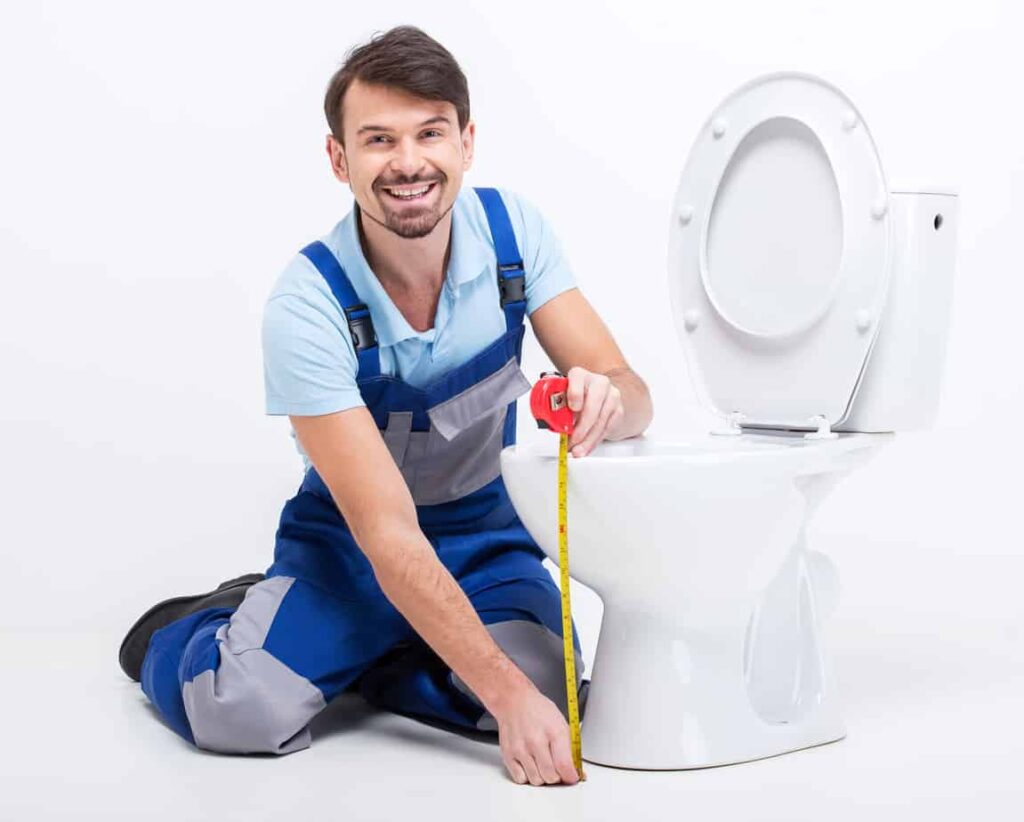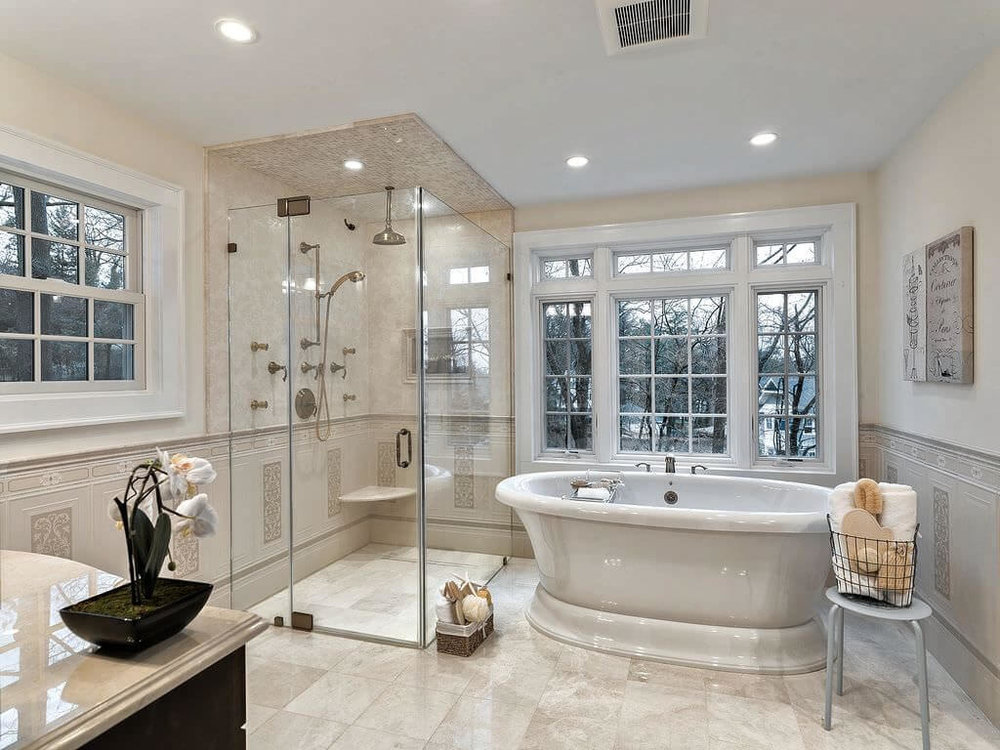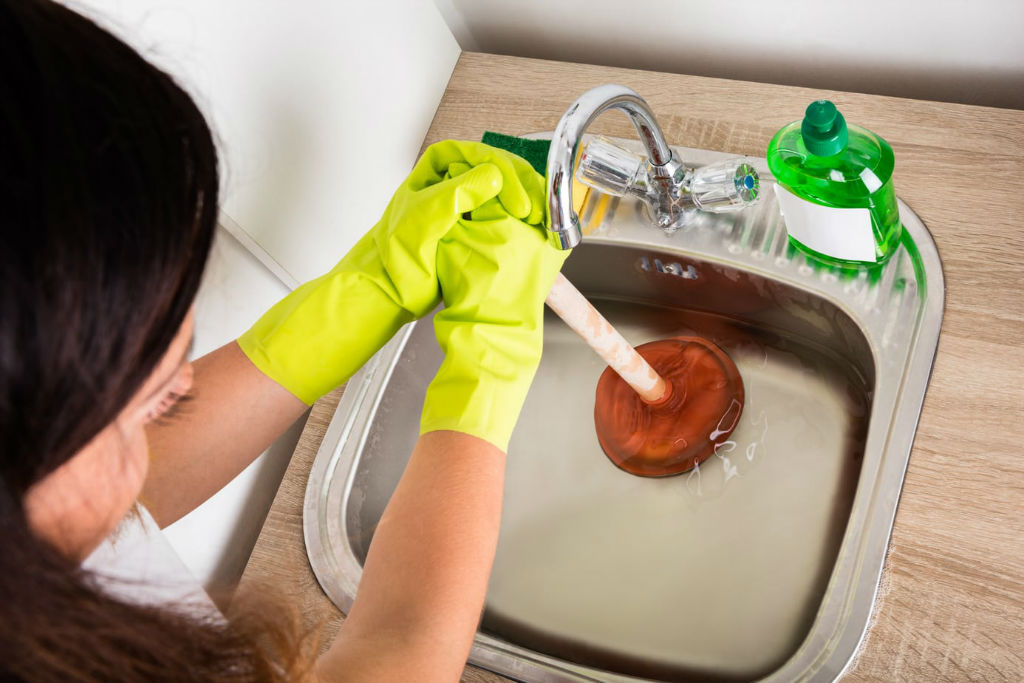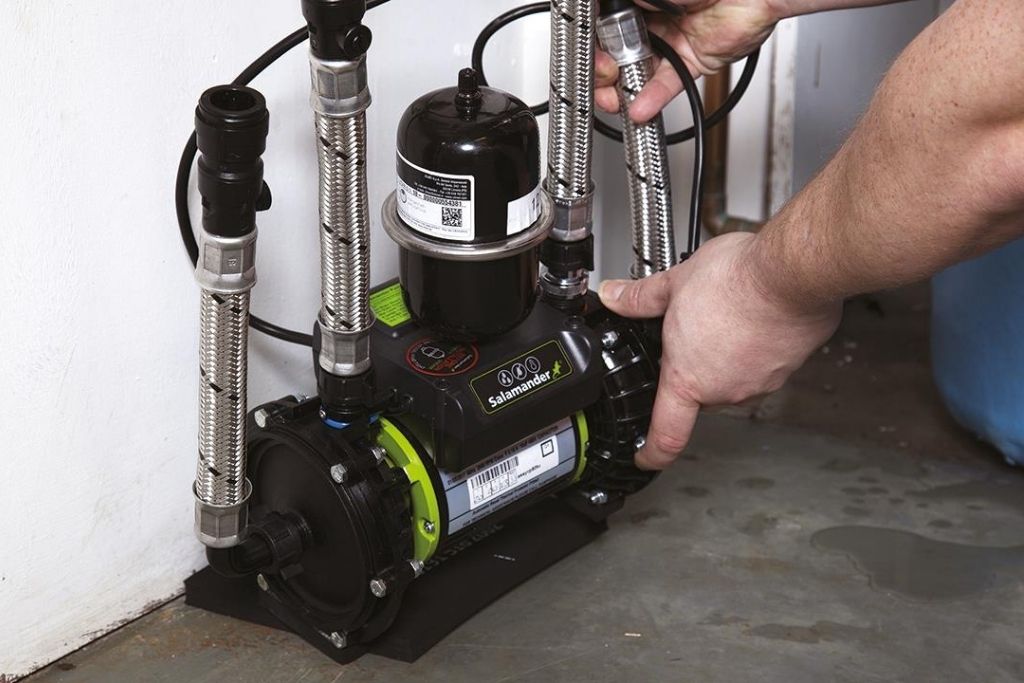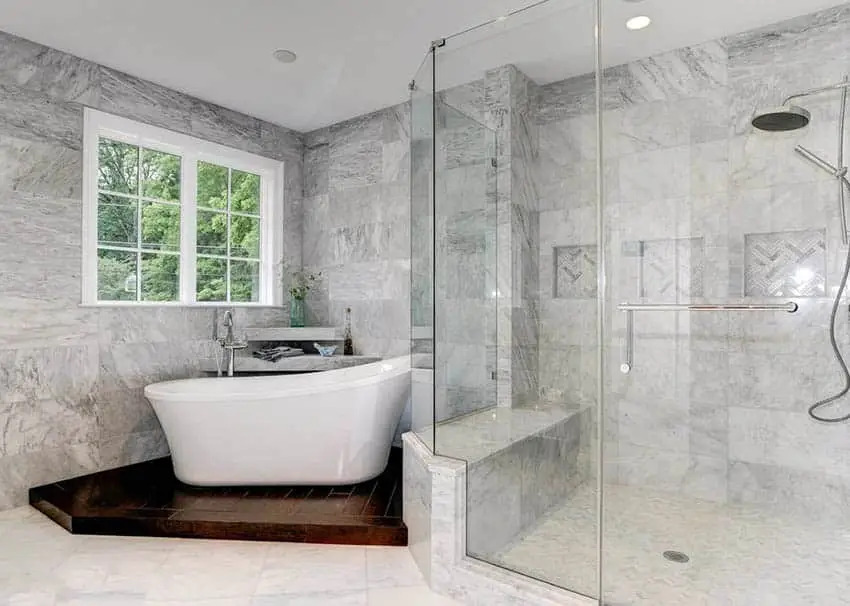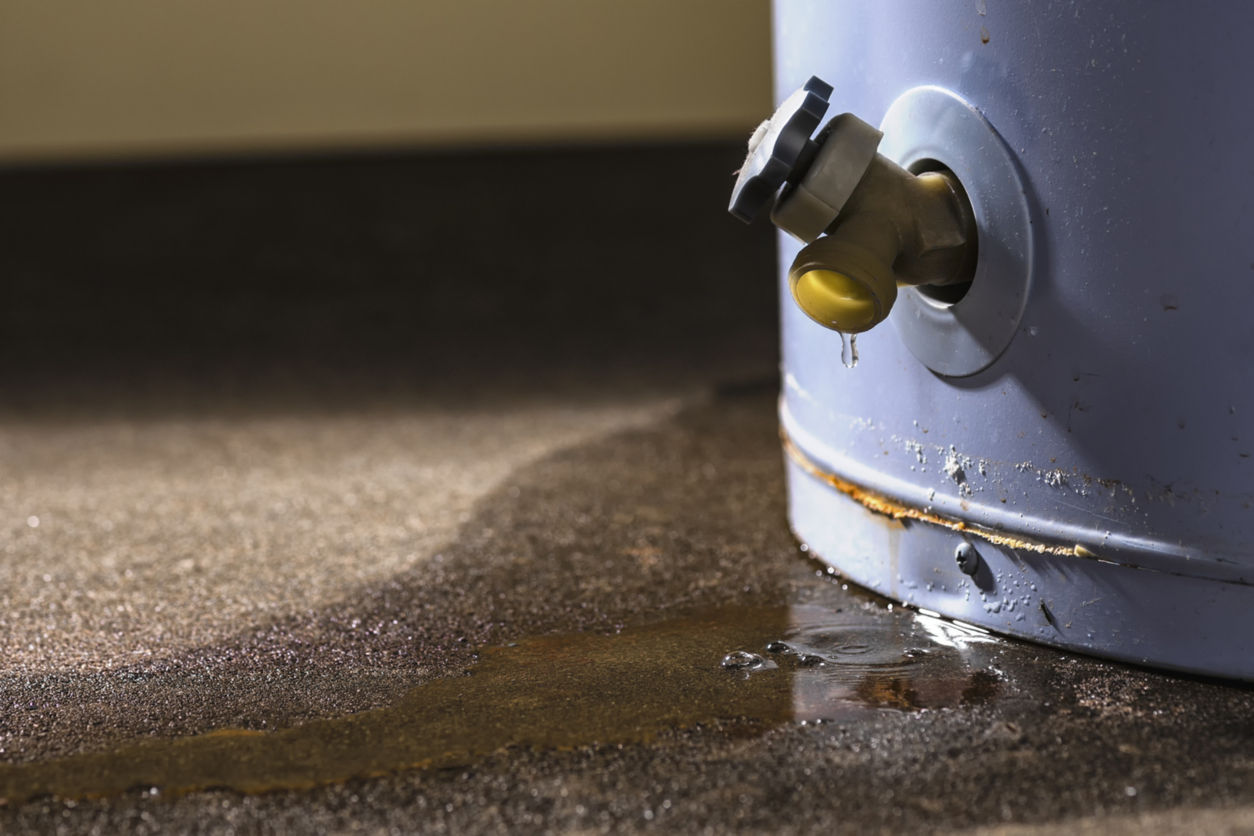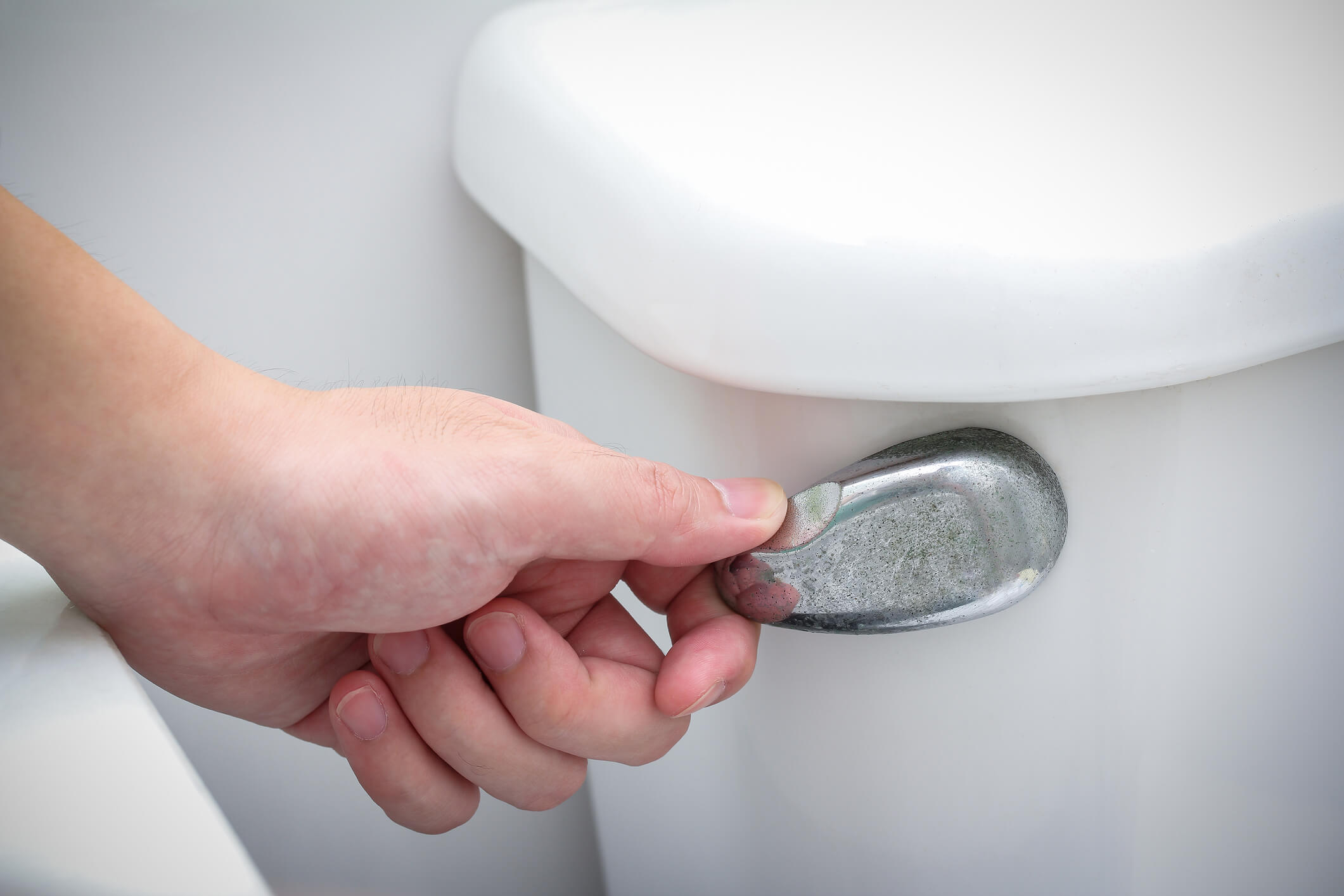The job of replacing a toilet seat is fairly easy and is something that is likely going to come up as necessary a few times in your life. It might be your seat is too old now, maybe it is damaged or cracked, maybe it wobbles or shifts when you sit on it, or maybe you are just updating the look of your bathroom and need something different. It is not a job that takes too long but one of the key points before you make a change is how to measure for a toilet seat. If you get those measurements wrong it messes everything up.
Are all toilet seats the same?
All toilet seats are not the same, they come in a range of shapes. Plus toilet seat dimensions vary because there are different toilet types so that means they need to have different seats to fit them. It is important then to know your toilet type, the shape you need as well as to measure toilet seat dimensions to get the right one. In the UK there are three toilet shapes found commonly in homes, the round-nose seat, the D-shape seat and the traditional pointed-nose.
Difficulty can come when you are dealing with an older toilet that is non-standard but in most cases, modern toilet seats can be found or adjusted to still fit older toilets. You just need to ensure that at the contact points where the seat touches the toilet there is support or that the support is there at the hinges. Most older style seats are oval-shaped, but there are now D-shapes and even square shape toilet seats in more modern styles. Keep all of this in mind before you rush out to buy your replacement toilet seat.
How to measure for a toilet seat
So it is essential to know not just what type of toilet you have, and the type of seat you want, but also to ask yourself what size toilet seat do I need? The last thing you want to do is to go to the effort to research toilets and seats and head out and then discover you do not have one that fits. Toilet seats do not come in standard sizes so here is a look at the key measurements to take. While it is true that many types of seats are adjustable to be able to fit most of the more common toilet bowls it is not the case for all of them.
The toilet seat measurement to work out to make sure you get the right-sized seat is;
- Take the distance between the fixing holes which is where the screws go. Measure that and note it down. A lot are a standard distance of 155mm but you need to check this is the case for yours.
- Then measure and note down the width of the toilet bowl itself at the point where it is widest.
- Measure from the front of the bowl to the back where the two holes for fixing the seat down are, the length of the bowl.
Different types of toilets
Toilets are now such a crucial part of our lives but many of us do not really think about them, how they look, how they work until it comes time to replace them. There is a huge range of toilet types and styles and colours now so whether you prefer traditional, modern or something else, it is there to find! What size toilet seat do I need can then be considered. The three more common toilet types in the UK are the Close-coupled toilet, the Back to wall toilet and the Wall hung toilet.
- Close-coupled toilet – These are toilets that are named for the fact that the cistern and pan are closely cooped so the unit is all in one rather than a separate bowl and a separate cistern. They are popular because they are easy to put in and keep clean and maintain.
- Back-to-wall toilet – If you have a toilet where the pan sits against the wall or a piece of bathroom furniture and the cistern that provides the water for flushing is hidden, that is a back-to-wall type.
- Wall hung toilet – When you take a toilet seat measurement of a toilet that hangs above the floor from a wall that is a wall hung toilet where the flushing water comes from another hidden cistern.

